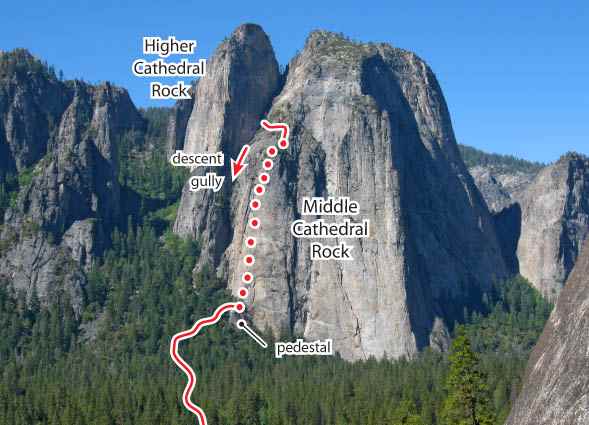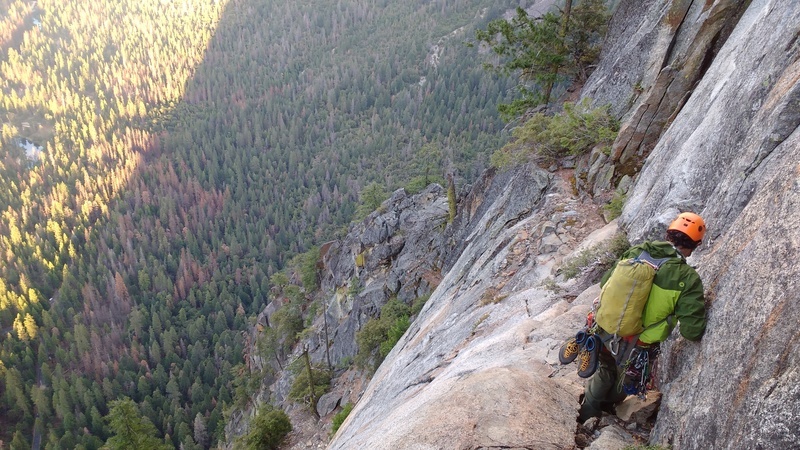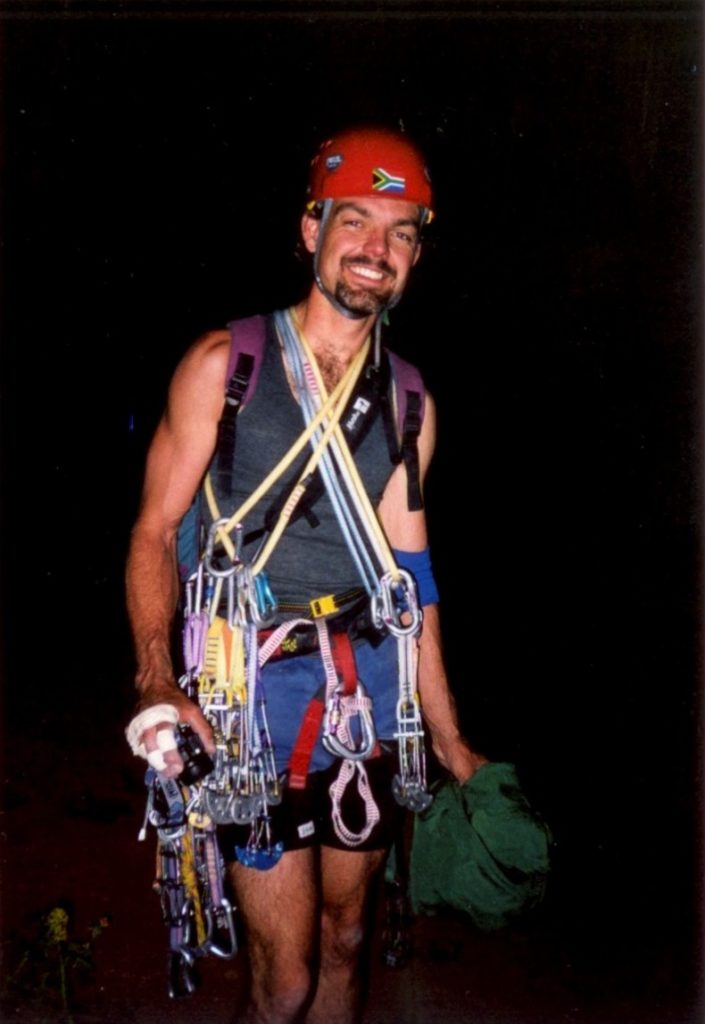From Kat Walk to Coaching
[Video here]
When I was about 5 years into my career I was working in a good job that paid relatively well but I felt unhappy and unfulfilled. I had been passed over for promotion twice after being told that I was eligible for promotion and that it was imminent. I wasn’t getting any feedback to understand what the problem may have been and there was nothing I could work on or improve. I felt undervalued and entirely dispensable.
I had an opportunity to go on a long holiday and applied to take a sabbatical. At the time I was doing a lot of rock climbing and I joined some friends of mine on an epic 3-month rock climbing trip through North America. I used the time to reflect on what was important to me and decide what I wanted to do with my career. I was an accomplished rock climber, climbing moderate grades of difficulty and towards the end of the trip I set out to climb one of the classic routes in Yosemite (East Buttress of Middle Cathedral – graded 5.10c or 5.9 A0, for those who might be interested).
Climbs are divided into smaller sections called pitches, which are approximately one rope length and this climb had 11 pitches. It would take us on average one hour per pitch so this climb took the whole day and most of the daylight hours to climb. We alternated leading each section, which enabled the person climbing second to have a bit more of a rest. On two of the tricky pitches my climbing partner backed off the climb and asked me to lead the pitch, so I was doing more than my fair-share, which I didn’t mind but it was tiring! On one of these tricky sections I found myself in a spot of difficulty where I was faced with something that I was not prepared for.
It was one of the most difficult climbing problems you can get (called an off-width, where the gap is not the right size for you to use any part of your body to climb it with) and because I had hardly ever seen them before I didn’t have any training or techniques I knew could work. Getting through that section was torturous – the technique I used was not something I could sustain for very long and I got the most painful cramps in my shoulder and back in places I didn’t know I had muscles.
The thing that made it terrifying is that I only had one piece of protection below me to catch my fall and it was a poor improvised placement that I wasn’t convinced would hold my fall. I was still tied into my partner on a tiny safe ledge further down so it wouldn’t have been a fatal fall, but it would have been a nasty one (a factor 2 fall, double the length of the rope used).
It took every last drop of determination, courage, patience, pain endurance and will power to get myself through that mess and I swore to myself that I was going to sell my climbing gear and never climb again. But that wasn’t the most difficult part of the day.
By the time we got to the top of the climb the sun had set and it was rapidly getting dark. This wasn’t unusual for us, but the decent off this climb is notorious for being precarious and dangerous. It involves a very delicate walk along a very narrow little path, called the Kat Walk, right on the edge of a very steep and exposed cliff and we did this without ropes. Any little slip would have been fatal. The guide books also strongly discourage anyone from attempting this dangerous decent at night, even with headlamps (which we had – may have to add why we did it). At this stage I was exhausted (physically, emotionally and mentally). I knew that most climbing accidents happen on the descent, not on the rock face. I was in such a poor state of mind that I had this overwhelming feeling of moral dread and I thought I was going to die. I kept thinking this is it; this is how it all ends. My saving grace was my climbing partner. He had spent more time reading about the decent and preparing for it than I had (I had been more focused on the climb). It was his calm voice and reassuring words that got me through that difficult section. In the end I may have got him up that mountain, but got me off it in one piece and I am eternally grateful for that!
I learnt two very important lessons on that climb. The first is that if you have courage and put yourself in new and challenging situations, chances are you are going to feel unprepared for what you end up facing; but, you need to trust yourself to figure it out when you get there. The second lesson is that when you find yourself in a difficult situation, make sure you’ve got a guide with you.
When I got back from that epic rock climbing sabbatical I made some bold and courageous changes in my career. I know how important it is to have a guide, and I have made it my purpose now to help others with the changes they want to make in their lives and careers.
This is why I am a coach and why I want to help you to refocus on what’s important and help you engineer a change that’s right for you.
The Climb, Kat Walk and Descent Gully

This photo is available on the gearlooptopo.com site and can be found here. I have made a request for permission to use it, which is pending.
The Kat Walk During the Day

This photo was taken by DylanJK and can be found here. I have made a request for permission to use it, which is pending.
This photo was taken at the end of the day after the descent off Cathedral Rock in Yosemite
I was very happy to be alive!


Recent Comments